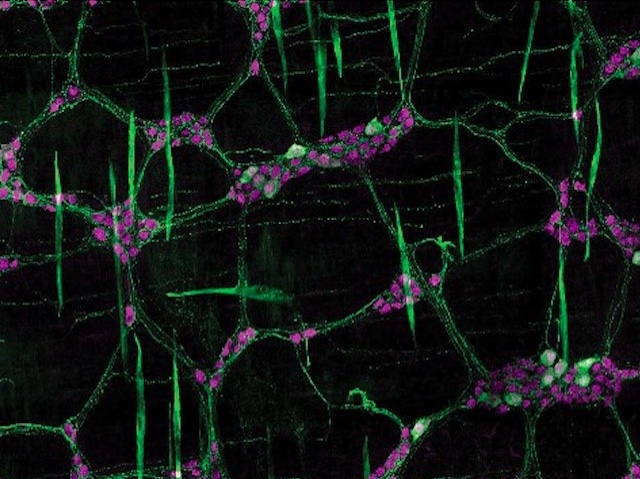
eLife - the journal
@elife
The funder-researcher collaboration and open-access journal for research in the life and biomedical sciences | @eLifeCommunity
ID: 380816062
http://elifesciences.org 27-09-2011 08:37:24
24,24K Tweet
168,168K Followers
714 Following

A novel class of sensory neurons involved in gut movements discovered - marked by protein Cdh6 Image made with Leica Microsystems SP8 confocal 📷 Julieta Gomez-Frittelli et al Wu Tsai Neurosciences Institute in eLife - the journal ➡️ bpod.org.uk/archive/2025/5…


In a eLife - the journal study, FMI researchers show that memory storage may rely on dynamic interplay between excitatory and inhibitory neurons — challenging the idea of stable activity patterns in memory networks. fmi.ch/news-events/ar…
























